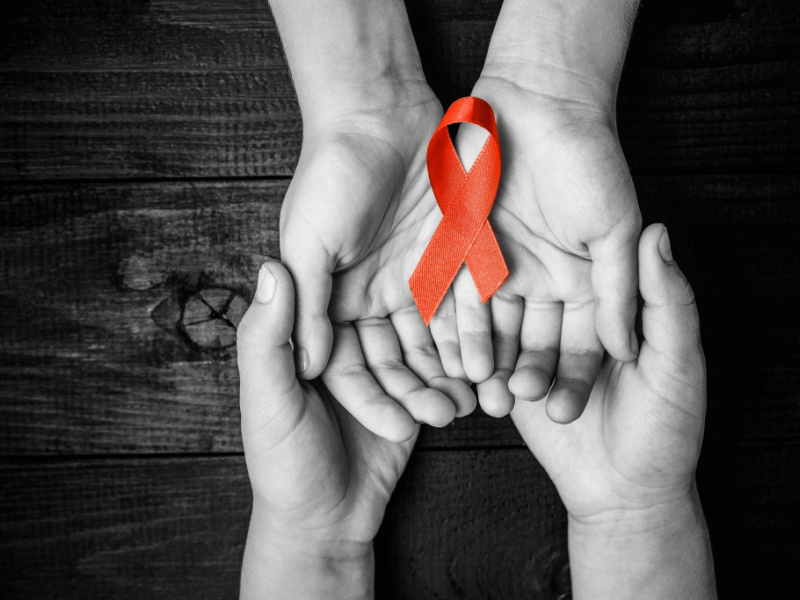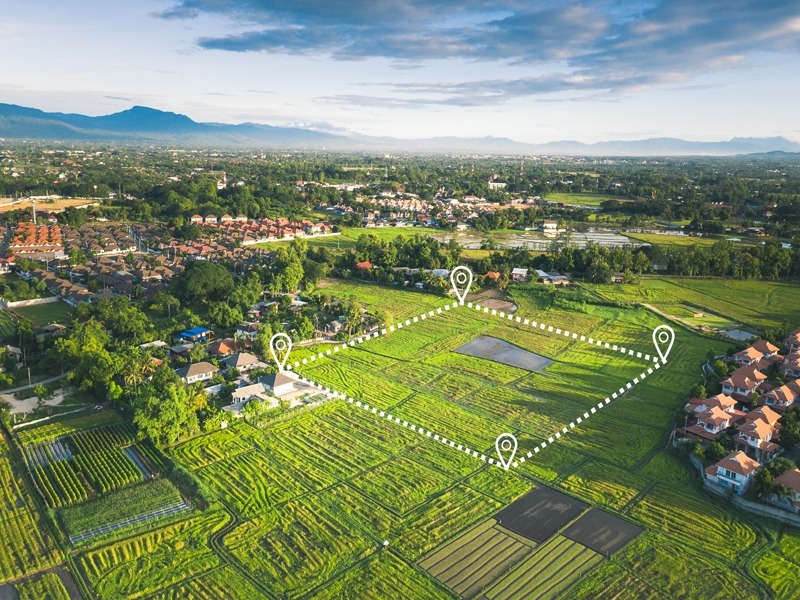
The National AIDS Control Programme (NACP), which began in 1992, is being implemented in India as a comprehensive HIV/AIDS prevention and control program. Over time, the emphasis has shifted from raising awareness to behaviour change, from a national response to a more decentralised response, and increased involvement of NGOs and networks of HIV-positive people to increased participation of NGOs and systems of HIV-positive people (PLHIV).
The NACP I began in 1992, intending to slow the spread of HIV infections to reduce morbidity, death rates, and the impact of AIDS in the nation.
The second National AIDS Control Project (NACP II) was launched in November 1999 to reduce the spread of HIV infection in India and (ii) increase India’s long-term capacity to respond to HIV/AIDS.
In July 2007, NACP III was launched to halt and reverse the epidemic over five years.
NACP IV, which was launched in 2012, aims to accelerate the reversal process and strengthen the epidemic reaction in India over the next 5 years through a careful and well-defined accession process.
The NACP – IV – Objectives
Reduce new infections by half (2007 Baseline of NACP III)
Provide comprehensive care and support to all people living with HIV/AIDS and treatment services to those in need.
Current Scenario
- HIV situation in the country is assessed and monitored through regular annual sentinel surveillance established since 1992.
- 1.8 – 2.9 million (2.31 million) people living with HIV/AIDS at the end of 2007. The estimated adult prevalence in the country is 0.34% (0.25% – 0.43%) and it is greater among males (0.44%) than among females (0.23%).
- The overall HIV prevalence among different population groups in 2007 continues to portray the concentrated epidemic in India, with a very high prevalence among High-Risk Groups – IDU (7.2%), MSM (7.4%), FSW (5.1%) & STD (3.6%) and low prevalence among ANC clinic attendees (Age-adjusted – 0.48%).
Overview
- In India, after the first case of HIV was detected in Chennai in 1986, the virus spread rapidly across the nation in urban and rural areas.
- Since then, the HIV epidemic has travelled a long way, establishing itself with the most incredible speed in the six high prevalence states of Andhra Pradesh, Maharashtra, Manipur, Nagaland, Karnataka and Tamil Nadu.
- The natural history of the HIV epidemic has played out in various forms – from the injecting drug use-driven epidemic of the North East seen in Manipur and Nagaland to the sex work-driven epidemic of the south of India.
- Since every country and government needs to have a solution to deal with such an issue, the government formulated the National AIDS Control Program.
Important strategies
- Increasing and consolidating prevention services focusing on high-risk groups (HRGs) and vulnerable populations.
- Increasing access to and support for comprehensive care, support, and treatment
- Increasing IEC services for (a) the general population and (b) high-risk groups, emphasising behaviour change and demand generation.
- Increasing capacity at the national, state, district, and facility levels
- Improving the Strategic Information Management System
- Ensure that strategic information is used effectively at all program levels.
- Building the capacity of NGO and civil society partners, particularly in states where epidemics are emerging.
- Incorporating HIV services into health systems in stages
- HIV/AIDS activities will be prioritised with all key central/state level Ministries/departments, and resources from the respective departments will be leveraged. The social protection and insurance mechanisms for people living with HIV will be strengthened.
Services provided under NACP IV
- Targeted Interventions for High-Risk Groups and the Bridge Population (Female Sex Workers (FSW), Men who have Sex with Men (MSM), Transgenders/Hijras, Injecting Drug Users (IDU), Truckers and Migrants) Needle-Syringe Exchange Program (NSEP), and Opioid Substitution Therapy (OST) for IDUs)
- Prevention Interventions for Migrants at the Source, Transit, and Destination Link Worker Scheme (LWS) for HRGs and vulnerable populations in rural areas
- Sexually Transmitted Infections/Reproductive Tract Infections (STI/RTI) Prevention and Control
- Blood Security
- Services for HIV Counseling and Testing 8. Parent-to-Child Transmission Prevention Condom Advancement
- IEC (Information, Skills Training, and Communication) and Behavior Change Communication (BCC).
- Adolescent Education, Youth Interventions, and Social Mobilization
- Integrating HIV/AIDS Response
- Interventions at Work
NACP IV Prevention Services
- district-specific strategies based on data triangulation, with a focus on vulnerabilitie
- Increase the scope of programs aimed at addressing critical vulnerabilities.
- Scaling up Opioid Substitution Therapy (OST) for IDUs Scaling up and strengthening Migrant Interventions at Source, Transit, and Destination, including implementing a Migrant Tracking System for effective outreach
- Establish and expand interventions for transgender people (TGs) through community participation and targeted strategies to address their vulnerabilities
- Employer-Led Model for Addressing Migrant Labor Vulnerabilities, e.g. Female Condom Program
- Increase the number of drugs in the multi-drug regimen to prevent parent-to-child transmission (PPTCT) under international protocols.
- Social protection for marginalised populations is provided by mainstreaming and allocating HIV budgets among relevant government departments.
- Metro Blood Banks and a Plasma Fractionation Center will be established.
- Third Line ART is being launched, while first and second Line ART is scaled up.
- Demand promotion strategies, particularly those utilising mid-media, such as the National Folk Media Campaign and the Red Ribbon Express and buses (in convergence with the National Health Mission)
Two Phases of NACP
- Phase-I (1992 – 1999)was implemented across the country to slow the spread of HIV to reduce future morbidity, mortality, and the impact of AIDS by initiating a significant effort to prevent HIV transmission.
- Phase-II (1999 – 2006)was aimed at reducing the spread of HIV infection in India and strengthening India’s capacity to respond to the HIV epidemic on a long term basis
Services for Care, Support, and Treatment
- CD4 testing and other investigations are performed in a laboratory.
- Free first- and second-line antiretroviral therapy (ART) is available at ART centres and Link ART Centers (LACs), Centers of Excellence (COE), and ART Plus Centers.
- Pediatric ART for kids
- Early Infant Diagnosis for HIV-infected infants and children under the age of 18 months
- HIV-TB Coordination (Cross- referral, detection and treatment of co-infections) (Cross-referral, detection and treatment of co-infections)
- Opportunistic Infection Therapies
- PLHIV networks’ drop-in clusters
Conclusion
The National AIDS Control Programme was established in India in 1987 and was phased in 1992. This aims to prevent further HIV infection transmission and to reduce the socioeconomic impact of HIV infection. It was suggested that comprehensive HIV/AIDS care, support, and treatment would include, among other things, antiretroviral therapy (ART), including second-line treatment, (ii) management of opportunistic infections, and (iii) facilitating social protection through collaboration with relevant Departments/Ministries. As a result, the National AIDS Control Organization (NACO) was formed to carry out the program.



























